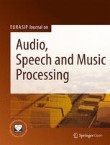Adaptive multi-task learning for speech to text translation
End-to-end speech to text translation aims to directly translate speech from one language into text in another, posing a challenging cross-modal task particularly in scenarios of limited data. Multi-task learn...
